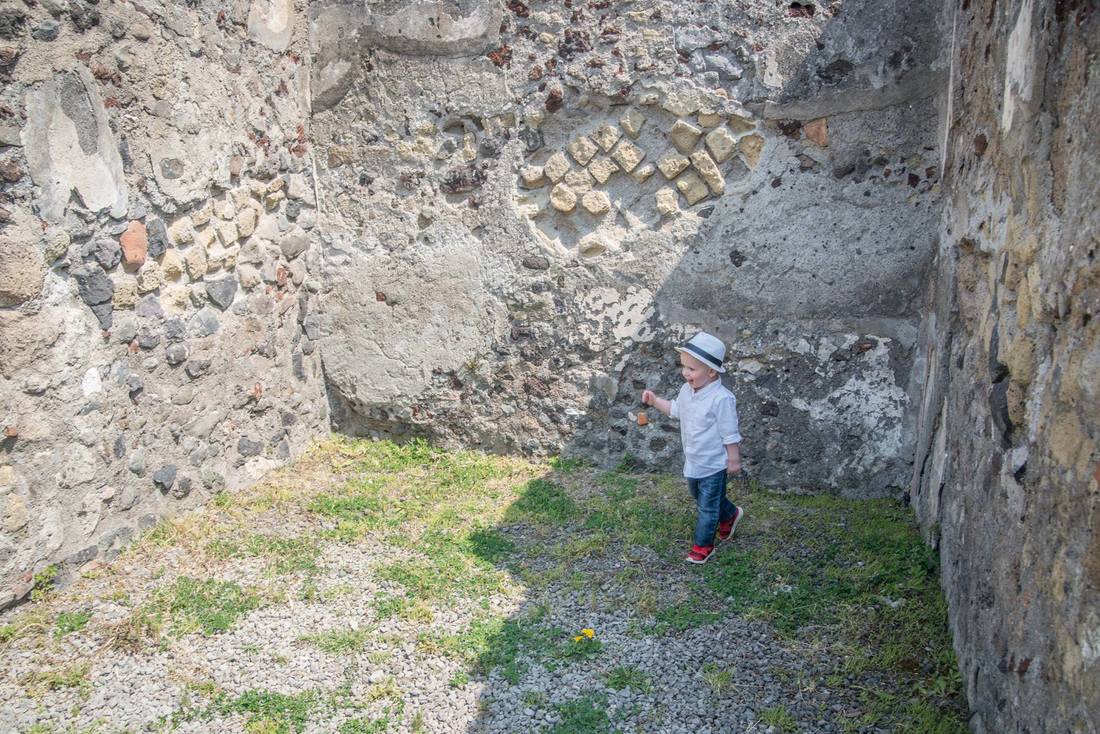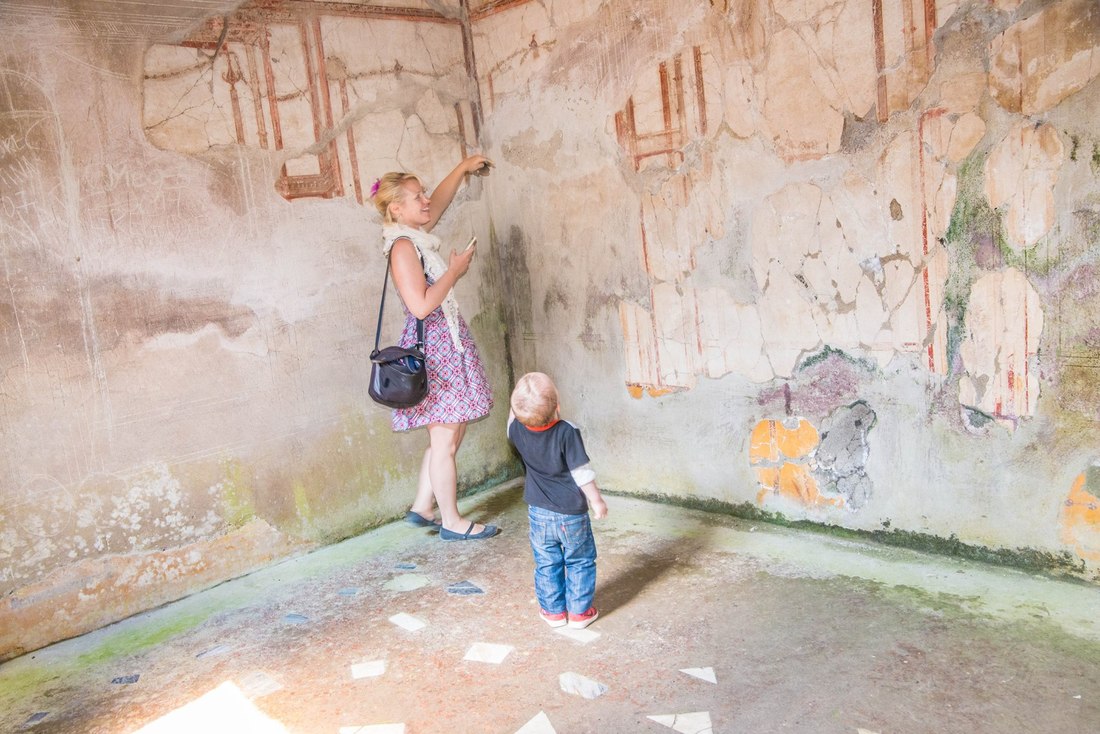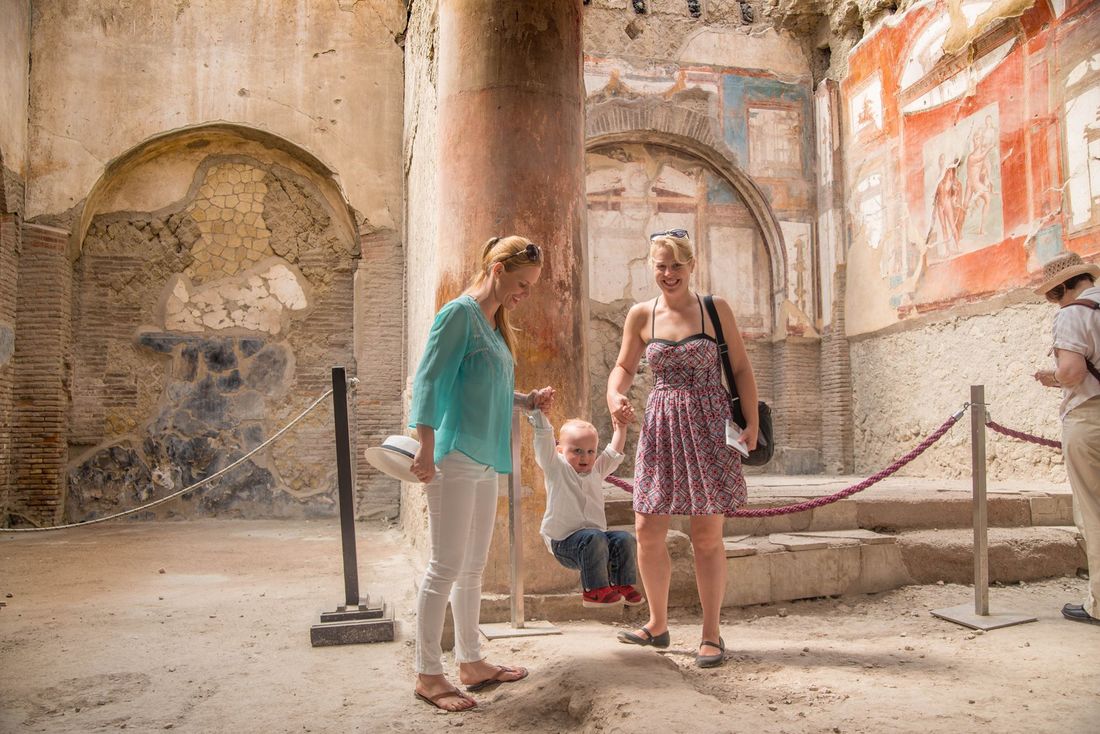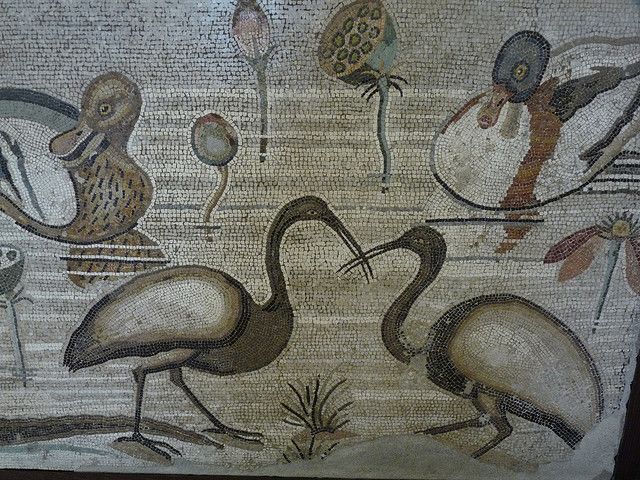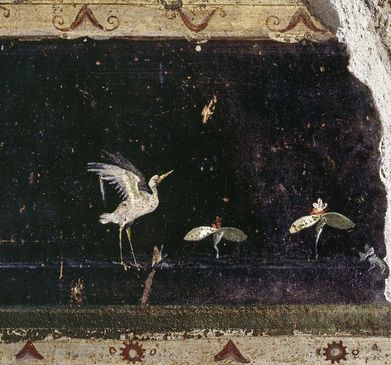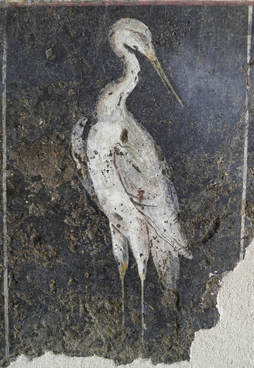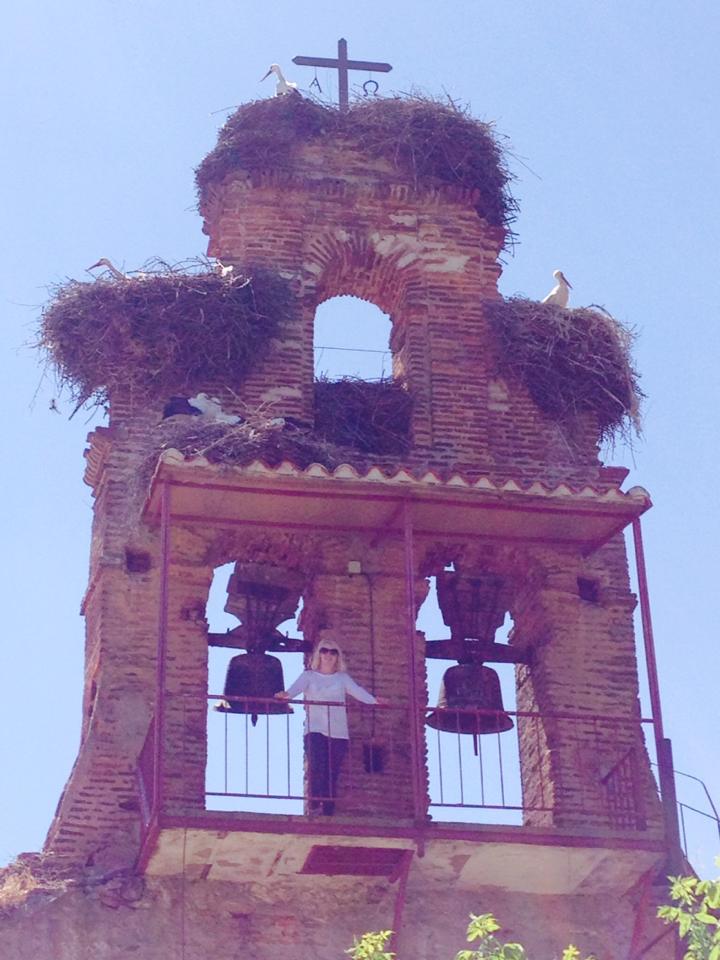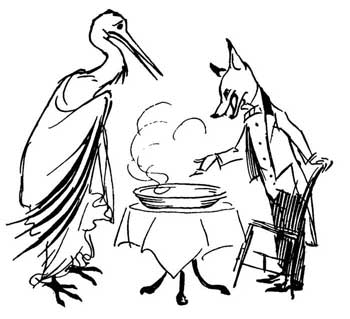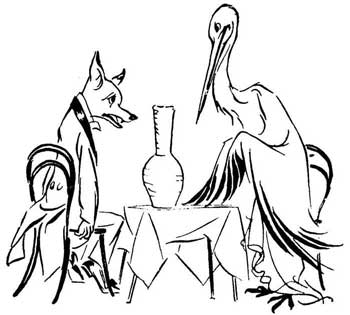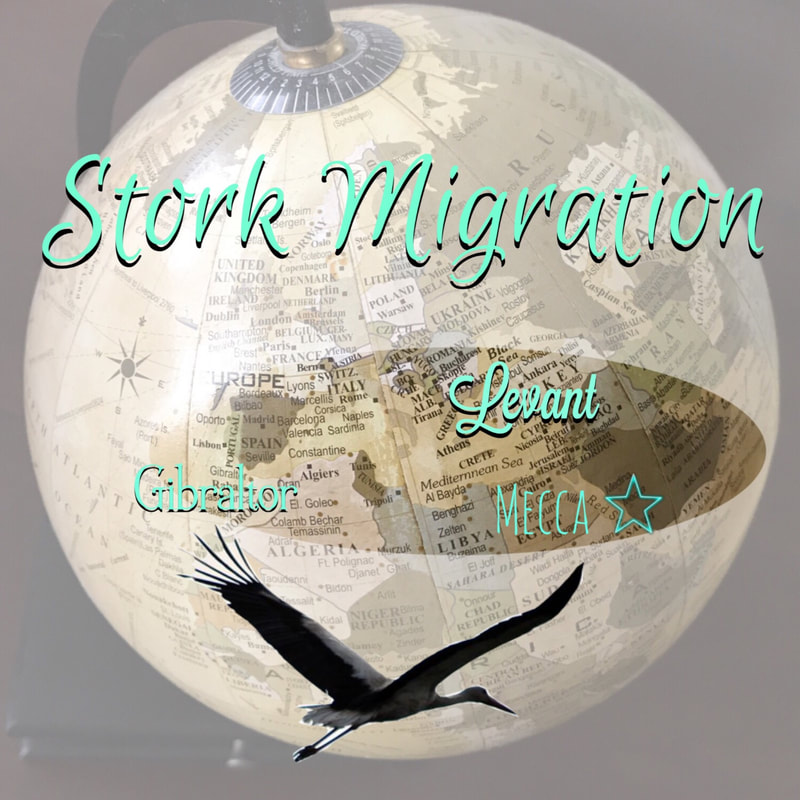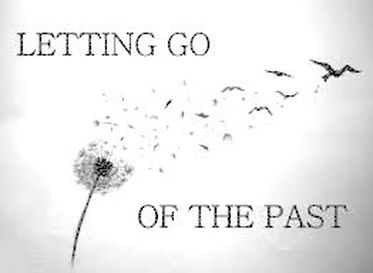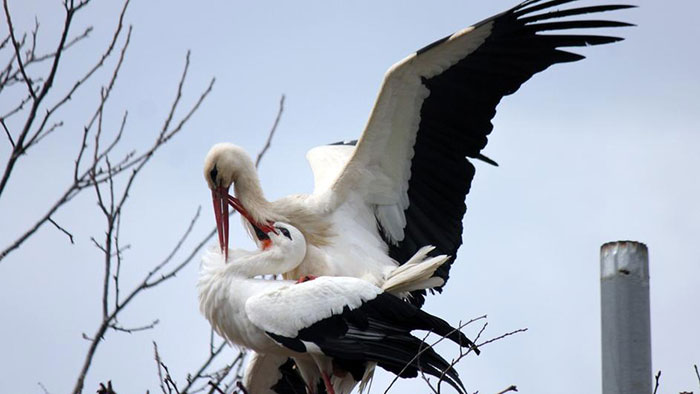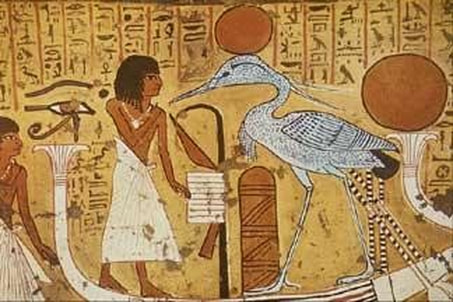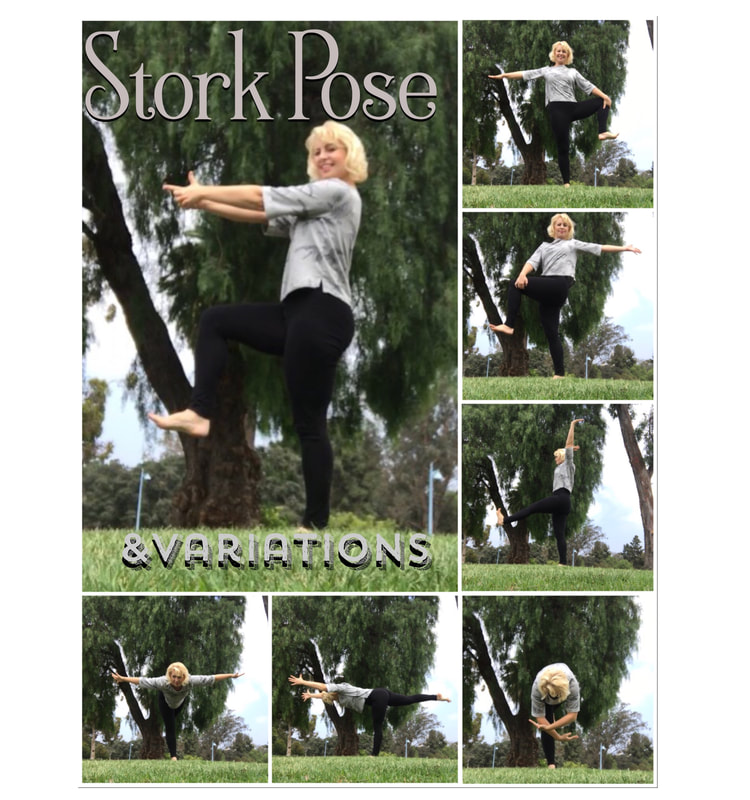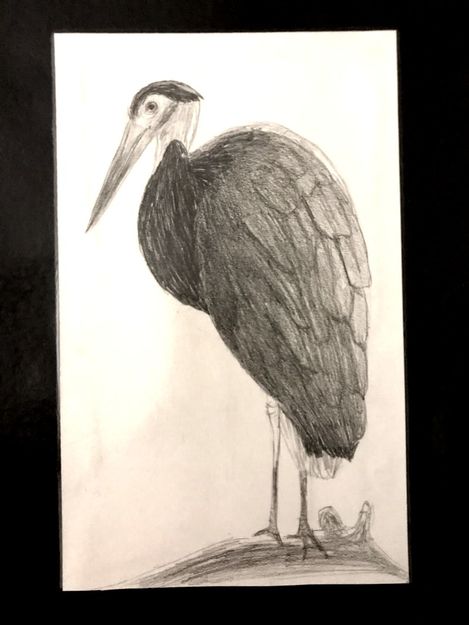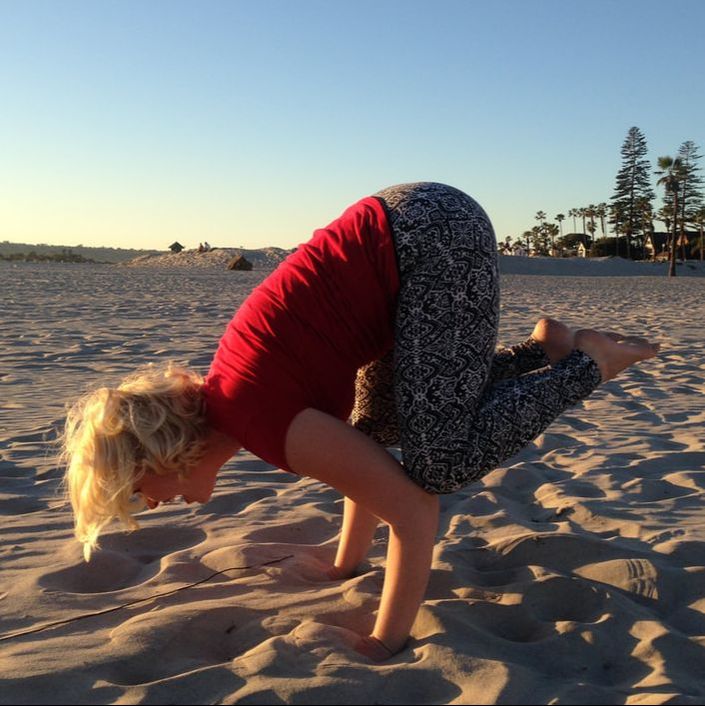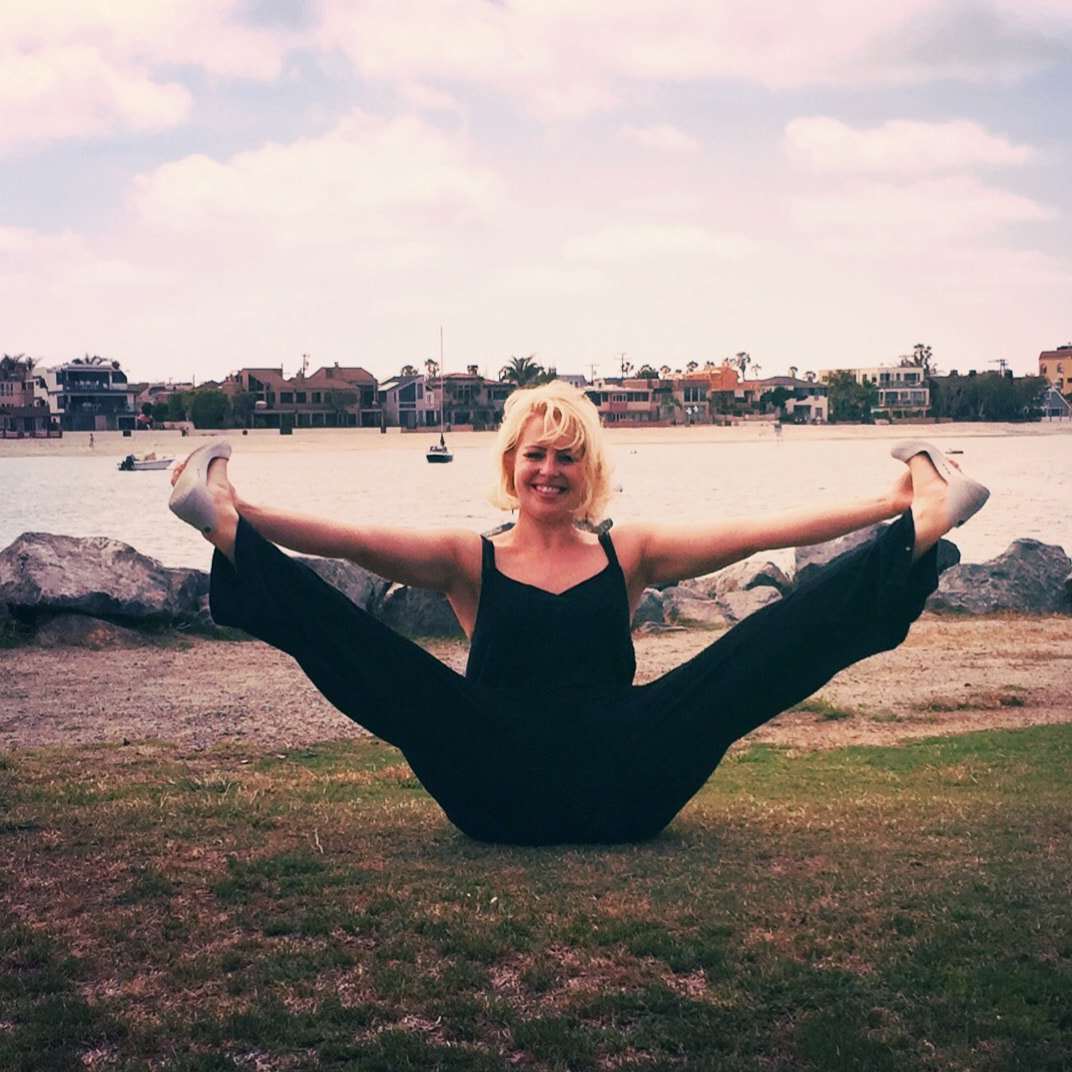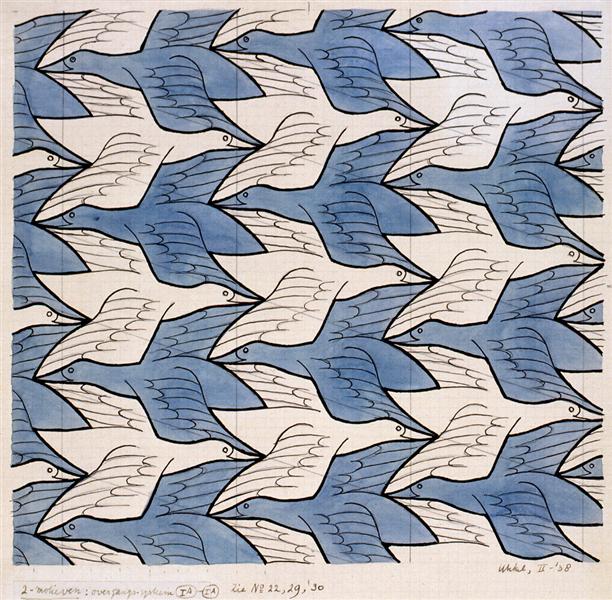“Birds! Birds!”
Two-year-old Stephen pointed and stumbled closer to these flighty creatures. Only stopping for moments to chirp, the birds at the ruins of Herculaneum, in Italy (April 2017), would float from room to room with an air of mystery and lightness.
Stephen’s curiosity was piqued at this concept of creatures that can both stand and fly.
Two-year-old Stephen pointed and stumbled closer to these flighty creatures. Only stopping for moments to chirp, the birds at the ruins of Herculaneum, in Italy (April 2017), would float from room to room with an air of mystery and lightness.
Stephen’s curiosity was piqued at this concept of creatures that can both stand and fly.
Photo Credit: Nicoleta n Shawn Photography
When was the last time you marveled at these feathered friends?
What would it be like to soar above the world?
The Ancient Romans incorporated beautiful frescoes and mosaics of birds, including the stork. The size, elegance, and faithfulness to an established nesting site contributed to the stork’s prominence and reputation in mythology and culture. Roman writers noted the timely convenience of white stork's arrival in spring, which alerted farmers to plant their vines.
When I was walking the Road to Santiago in Northern Spain of 2014, my eyes were open with curiosity to noticing birds, just like Stephan. Vultures, falcons, goldfinch, geese, ducks, hens, but most commonly, white storks. Numerous towns have white stork nests perched atop church and bell towers, in plain view of humans, and often in the middle of town.
The white stork's preferred environment includes grassy meadows, farmland and shallow wetlands, which makes the farm villages of northern Spain an ideal home. White storks are long-necked wading birds with long, stout bills and long-legs. Because of this long beak, a common fable includes this feature as a lesson about the Golden Rule. A stork and a fox get involved in a game of trickery that ultimately leads to disappointment and frustration. This encourages children to treat others the way they would like to be treated, especially when it involves being a welcoming host.
Photo Credit: Long Long Time Ago
The white stork is a long-distance migrant, wintering in Africa from tropical Sub-Saharan Africa to as far south as South Africa, or on the Indian subcontinent. When migrating between Europe and Africa, it avoids crossing the Mediterranean Sea and detours via the Levant in the east (countries near Israel) or the Strait of Gibraltar in the west, because it follows the air thermals that do not form over water. Followers of Islam revered these storks because they made an annual pilgrimage to Mecca on their migration.
As with other storks, the wings of the white stork are long and broad enabling the bird to soar. This gliding flight conserves energy while wingbeats are slow and regular. It flies with its neck stretched forward and with its long legs extended well beyond the end of its short tail. It walks at a slow and steady pace with its neck upstretched.
In yoga philosophy, we can relate to this flying with lightness as a similar concept to Aparigraha. Although this concept technically relates to non-hoarding, when we practice non-attachment to material items or old thinking patterns, we can gracefully and playfully float through life with a Bird’s eye view.
In yoga philosophy, we can relate to this flying with lightness as a similar concept to Aparigraha. Although this concept technically relates to non-hoarding, when we practice non-attachment to material items or old thinking patterns, we can gracefully and playfully float through life with a Bird’s eye view.
| Photo Credit: Moving Forward |
This Bird’s Eye View perspective is the opposite of narrow minded. It involves stepping back and looking at the entire situation from a different, more summative angle. Physically we speak of this angle when we look out the window of an airplane to see the towns and cities below. We can also draw maps or floor plans.
This bird's eye view as a genre, has existed since classical times. Before people flew in airplanes, the term "bird's eye" was used to differentiate views drawn from direct observation at high locations (for example a mountain or tower), from those constructed from an imagined (bird's) perspectives.
When I taught visual arts to grades K-8, one of my favorite perspective exercises was to have the students draw an imaginary city as seen from the sky looking down, made up of basic shapes and a central vanishing point.
This bird's eye view as a genre, has existed since classical times. Before people flew in airplanes, the term "bird's eye" was used to differentiate views drawn from direct observation at high locations (for example a mountain or tower), from those constructed from an imagined (bird's) perspectives.
When I taught visual arts to grades K-8, one of my favorite perspective exercises was to have the students draw an imaginary city as seen from the sky looking down, made up of basic shapes and a central vanishing point.
Is there a situation in your life right now that can use a broader perspective?
Maybe a hike up to a local mountain, hill, tall building, or flight could help.
Seeing these huge, bright white, social beings, on a daily basis, tends to bring warm feelings to a pilgrim’s heart. Correspondingly, storks are loving and nurturing parents. These winged legends appeared often in ancient European folklore as a symbol for family, responsible for bringing babies to new parents, because they take very good care of their young. Working with equanimity, monogamous pairs of storks build a large stick nest together, which may be used for several years. Each year the female can lay one clutch of usually four eggs. Both parents take turns nurturing the eggs and both feed the young. Bill-clattering is a central form of communication at the nest. The young leave the nest 58–64 days after hatching, and continue to be fed by the parents for a further 7–20 days.
Photo Credit: Bored Panda
This nurturing parenthood led many cultures to honor the stork as the giver of life to human families as well. In Hindu myth, birds are special and believed to enter the realms of heaven. Their ability to fly makes them ideal messengers of the gods. In Ancient Egypt, the white stork was associated with, the Ba, or soul. Similarly, according to European folklore, the stork was believed to find babies in caves or marshes and brought them to human households in a basket on their backs or held in their beaks.
An ancient German legend popularized the story of storks and babies through a 19th-century story called The Storks by Hans Christian Andersen. For this reason, Poles, Lithuanians and Ukrainians believe that storks bring harmony to a family on whose property they nest. Likewise, German and Dutch households would encourage storks to nest on houses sometimes by constructing high platforms to being good luck.
An ancient German legend popularized the story of storks and babies through a 19th-century story called The Storks by Hans Christian Andersen. For this reason, Poles, Lithuanians and Ukrainians believe that storks bring harmony to a family on whose property they nest. Likewise, German and Dutch households would encourage storks to nest on houses sometimes by constructing high platforms to being good luck.
Ancient Egyptian Soul- Photo Credit: Ancient History Lists
In addition, the Hebrew word for the white stork is chasidah, meaning merciful or kind. Storks often preen the heads of sitting birds, sometimes these are parents grooming juveniles, and sometimes juveniles preen each other. The Greeks also held that killing a stork could be punished with death.
Their nests are often very large and may be used for many years. Some nests have been known to grow to over two six feet in diameter and about ten feet in depth. The males arrive earlier in the season and choose the nests. Larger nests are associated with greater numbers of young successfully fledged, and appear to be sought after.
Several bird species often nest within the large nests of the white stork when they go south for the winter. Regular occupants are house sparrows, tree sparrows, and common starlings; less common residents include Eurasian kestrels, little owls, European rollers, white wagtails, black redstarts, Eurasian jackdaws, and Spanish sparrows. Therefore, a sense of unity and connection is formed amongst the birds because of the leadership of the kind, soulful, graceful, balanced white stork.
You can practice increasing your focus, stillness, balance, and inner peace through Stork Pose.
Their nests are often very large and may be used for many years. Some nests have been known to grow to over two six feet in diameter and about ten feet in depth. The males arrive earlier in the season and choose the nests. Larger nests are associated with greater numbers of young successfully fledged, and appear to be sought after.
Several bird species often nest within the large nests of the white stork when they go south for the winter. Regular occupants are house sparrows, tree sparrows, and common starlings; less common residents include Eurasian kestrels, little owls, European rollers, white wagtails, black redstarts, Eurasian jackdaws, and Spanish sparrows. Therefore, a sense of unity and connection is formed amongst the birds because of the leadership of the kind, soulful, graceful, balanced white stork.
You can practice increasing your focus, stillness, balance, and inner peace through Stork Pose.
Begin in mountain pose and take a few slow inhales and exhales.
Direct your gaze at one point in front of you. For beginners with one-legged balance, start by looking at a speck on the ground below you, then over time, look across at a wall or horizon and eventually, up at the sky or ceiling.
With a strong core, shift your weight over to all four corners of your right foot and lift your left knee to the height of your hips in a right angle. Roll your left ankle around in circles one direction and then the other.
You can wrap your arms around your left knee, or clasp them together in steeple mudra to represent the beak. Remember to also roll your shoulders back and down, away from your ears. This action keeps your upper body engaged.
Hold this pose for five to seven breaths, then switch sides. You can also add the variations of opening your hip and twisting your knee across your body.
After practicing on both sides, I like to flap my arms: Inhale lift my arms along with my right knee, exhale lower my arms and right leg; inhale lift my arms and left knee; exhale lower my arms and left leg.
Physically, this one-legged pose helps strengthen your legs, open your hips and align your feet while improving your balance and coordination.
The pose is also effective in moderately stretching the muscles in your arms, shoulders, chest and stomach to help improve overall posture.
Direct your gaze at one point in front of you. For beginners with one-legged balance, start by looking at a speck on the ground below you, then over time, look across at a wall or horizon and eventually, up at the sky or ceiling.
With a strong core, shift your weight over to all four corners of your right foot and lift your left knee to the height of your hips in a right angle. Roll your left ankle around in circles one direction and then the other.
You can wrap your arms around your left knee, or clasp them together in steeple mudra to represent the beak. Remember to also roll your shoulders back and down, away from your ears. This action keeps your upper body engaged.
Hold this pose for five to seven breaths, then switch sides. You can also add the variations of opening your hip and twisting your knee across your body.
After practicing on both sides, I like to flap my arms: Inhale lift my arms along with my right knee, exhale lower my arms and right leg; inhale lift my arms and left knee; exhale lower my arms and left leg.
Physically, this one-legged pose helps strengthen your legs, open your hips and align your feet while improving your balance and coordination.
The pose is also effective in moderately stretching the muscles in your arms, shoulders, chest and stomach to help improve overall posture.
Stork Drawing by Hannah Faulkner
Just like many birds like to share the large, welcoming nests of the storks, there are many bird poses in the Yoga Asana that can remind us to practice Aparigraha, lightness and non-hoarding/ non-attachment. Aside from Pigeon there is Eagle, Crow, Duck, Rooster, Peacock, Swan, Crane, Heron, Rooster, and Partridge.
If you want to experience the warmth of viewing and witnessing storks in action, join us for the Spiritual Trekking Adventure and Meditative Yoga Pilgrimage on The Way, El Camino de Santiago in Northern Spain, next Summer 2018.
Spaces are limited and the Early Bird Special Ends on October 31st, so Book Now to save your space today!
Spaces are limited and the Early Bird Special Ends on October 31st, so Book Now to save your space today!
Print by M.C. Escher
